The first version that support expansion connectors.
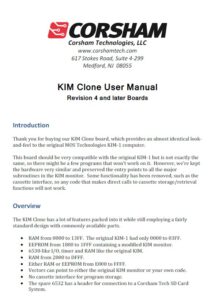 |
KIM-1 Clone Rev 4 User manual |

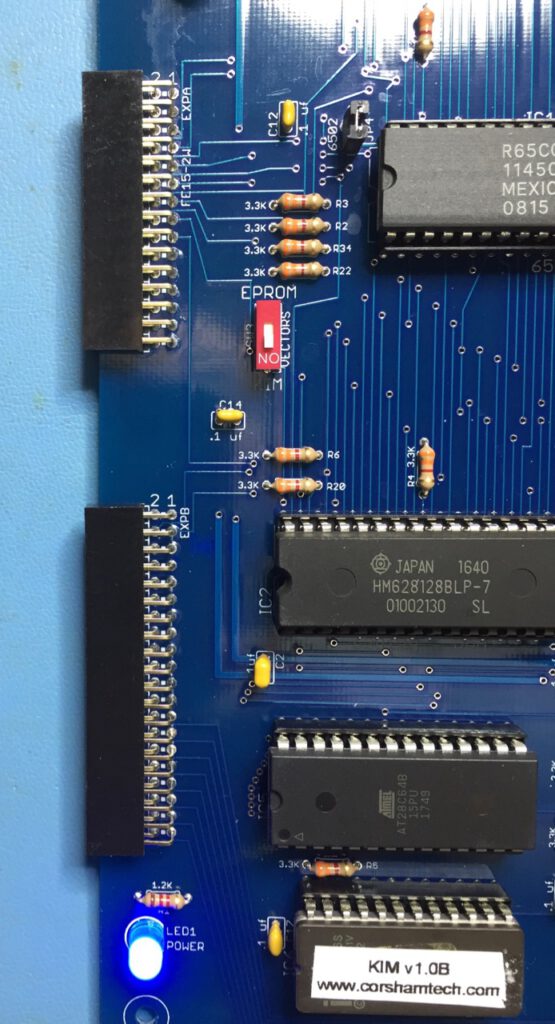
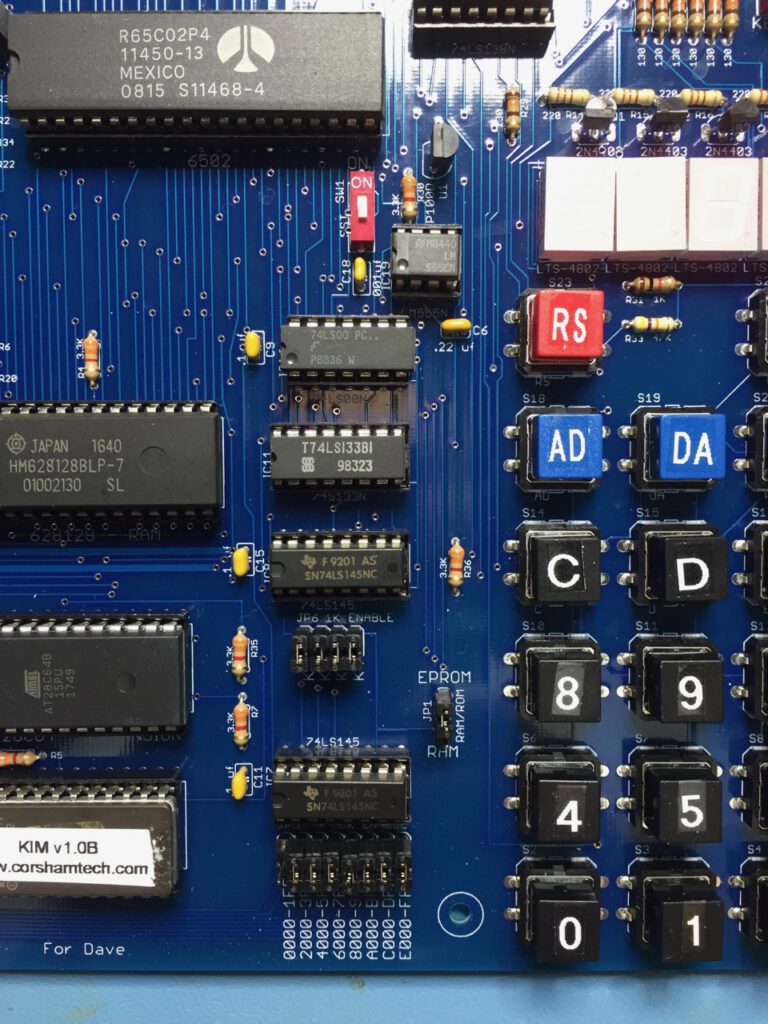

About small SBC systems
The first version that support expansion connectors.
 |
KIM-1 Clone Rev 4 User manual |




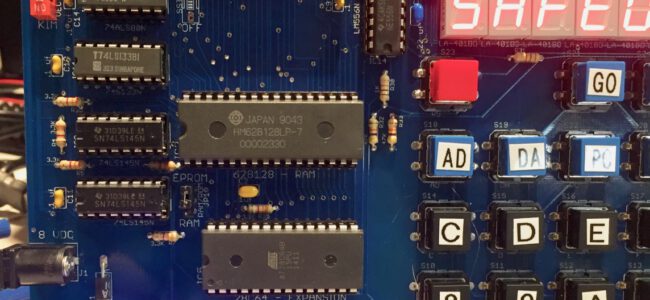
Changes between Revision 2 and Revision 3 Boards
Revision 3 boards had a number of minor changes to fix know issues on Revision 2 boards. No new features or capabilities were added.
– IC19 was removed
–IC18 changed from 74AVC1T45 to 74LVC1T45
– IC16 changed to 74LS00
– IC7 and IC8 changed to 74LS145
– R37 and R38 changed to 470 ohms
– C18 was added
– IC17 had power routing fixed
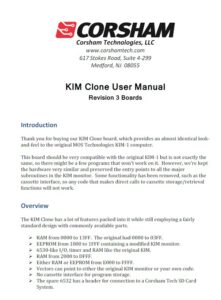 |
KIM-1 Clone Rev 3 User manual |
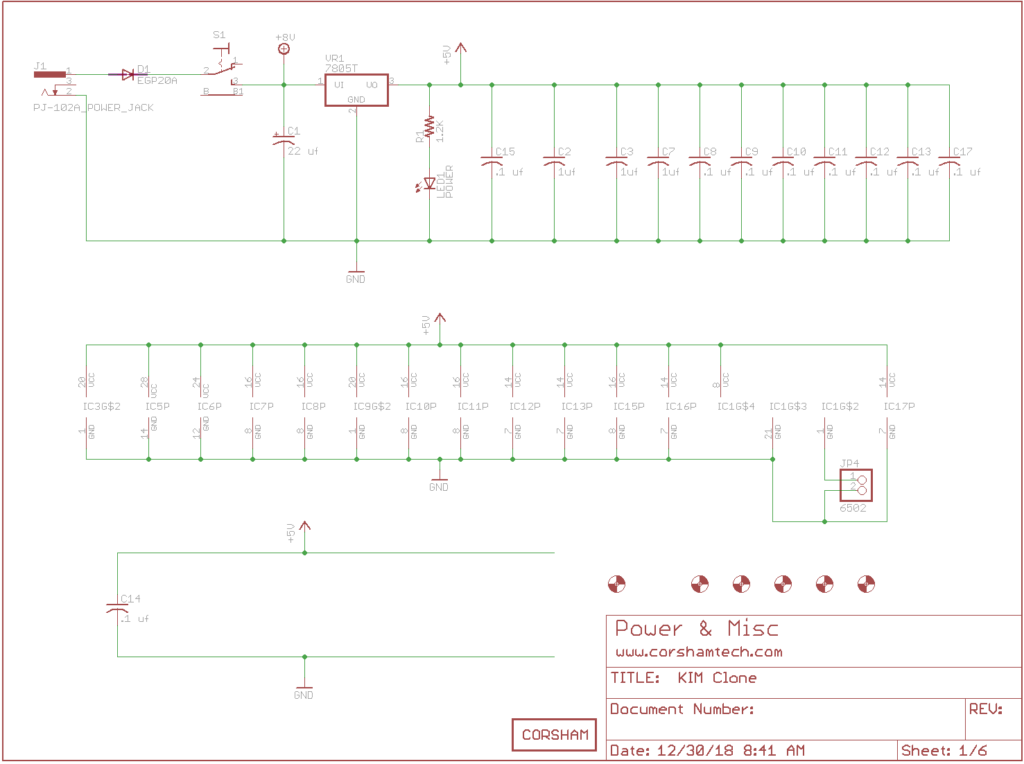
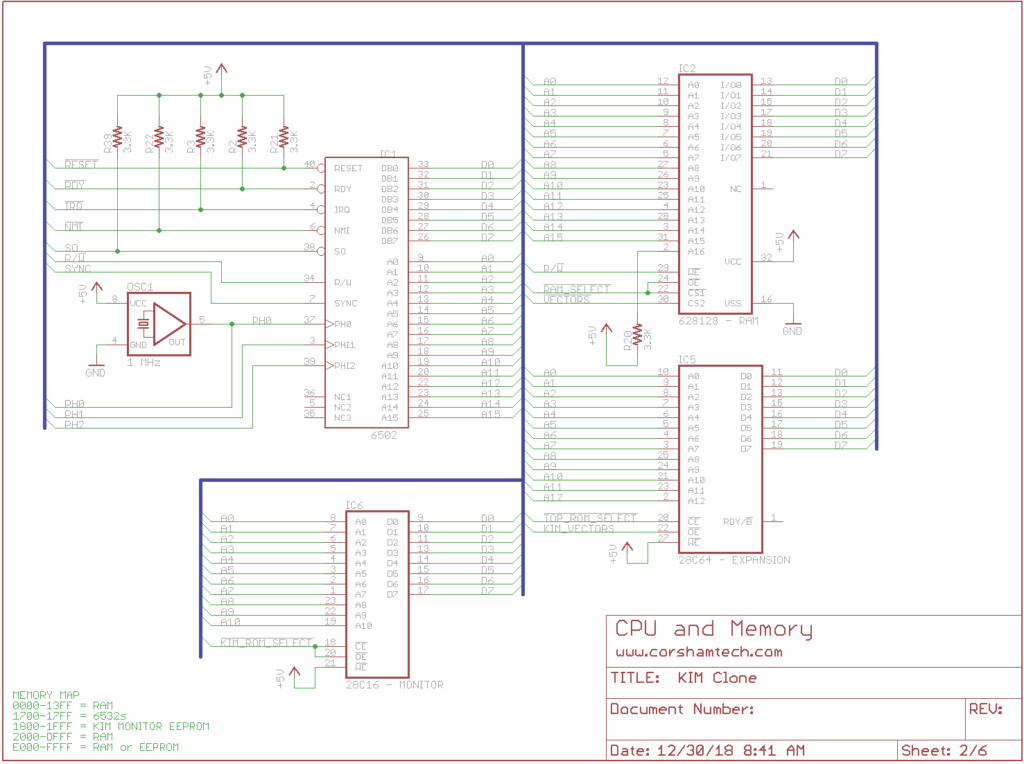
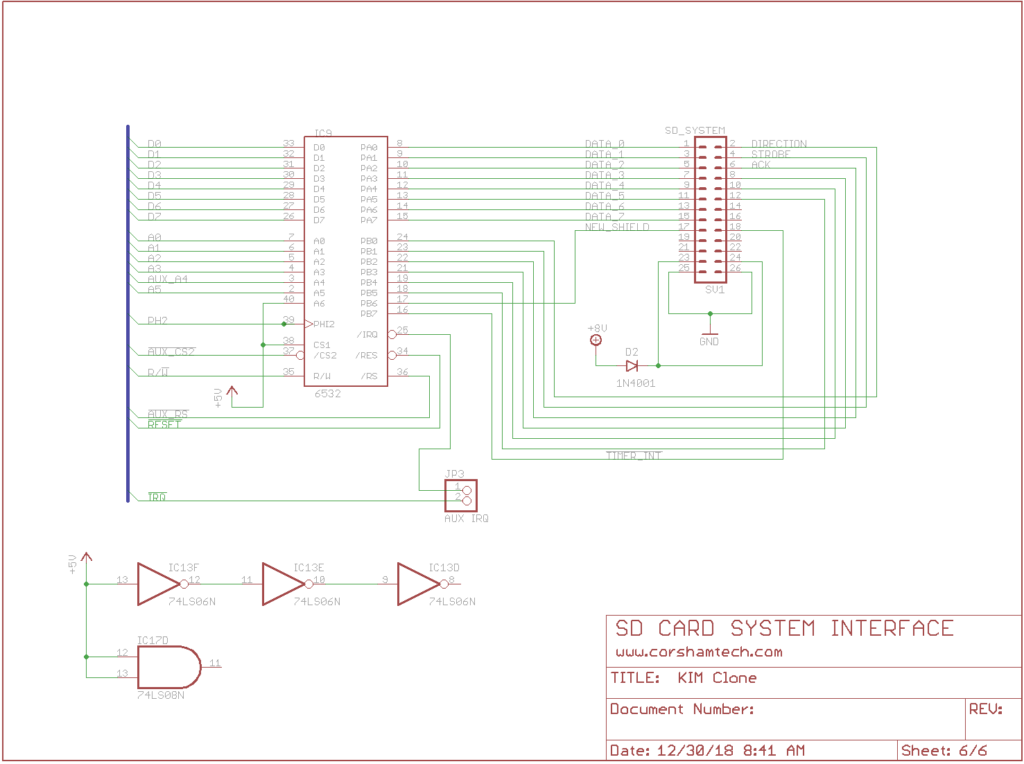
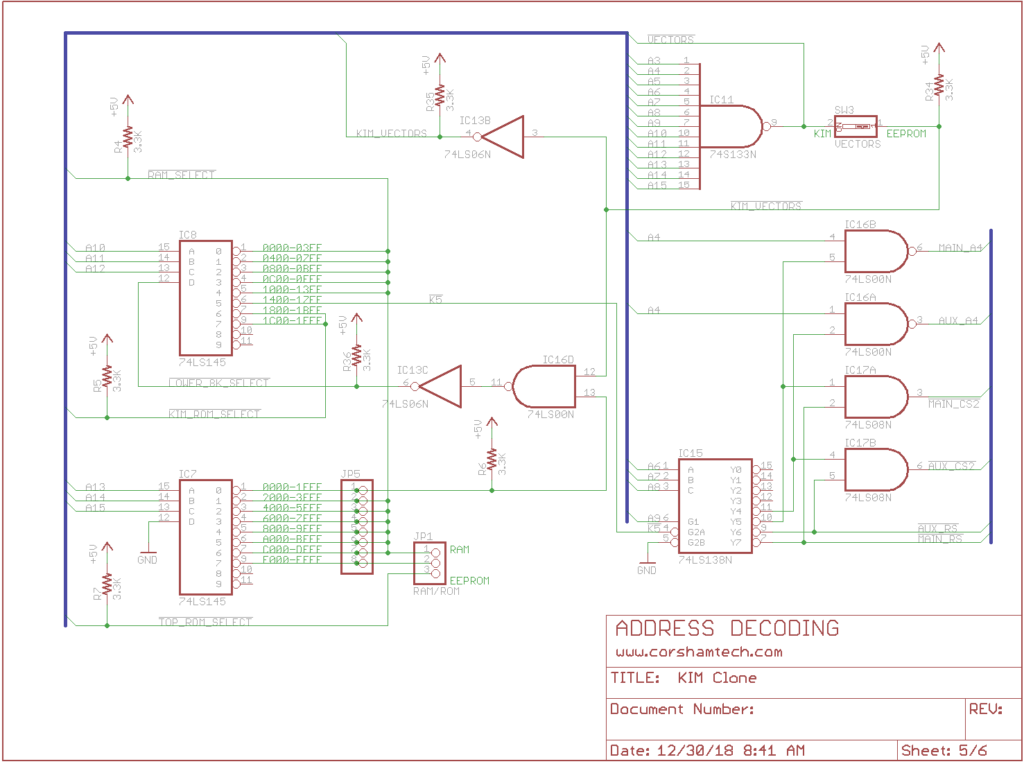
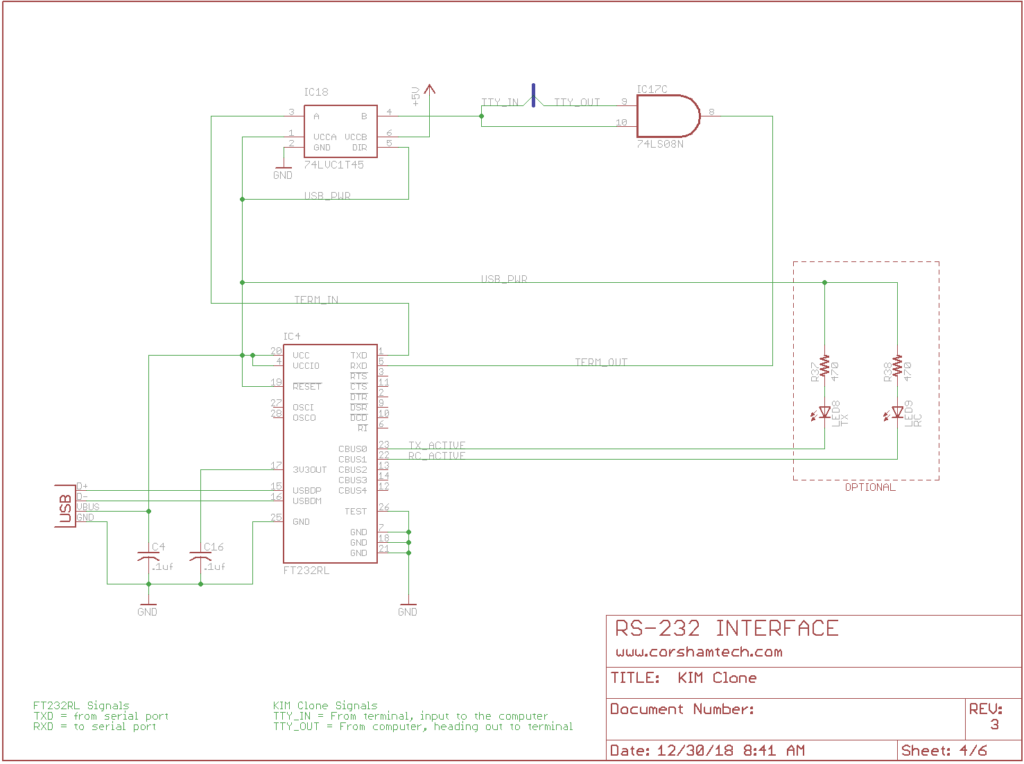
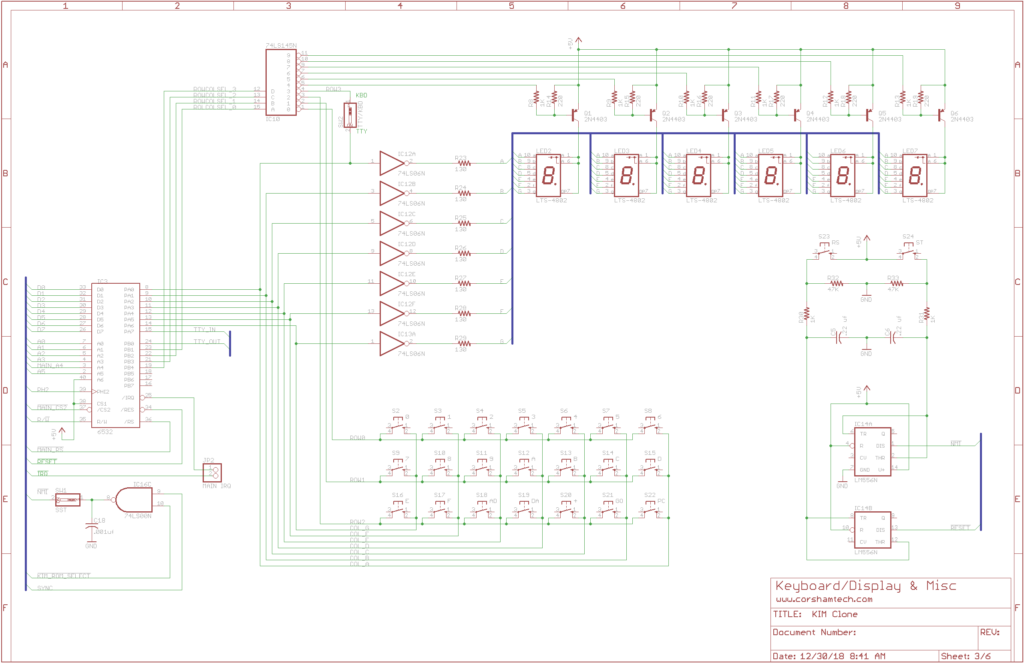
In 2017 Bob Applegate started to design a KIM CLone.
He went to 5 versions.
The first were enhanced KIM-1 replica’s without expansion connectors but with lots of RAM and ROM. The later versions and 5 did have expansion connectors, and a Motherboard, I/O board and Protoboard were added.
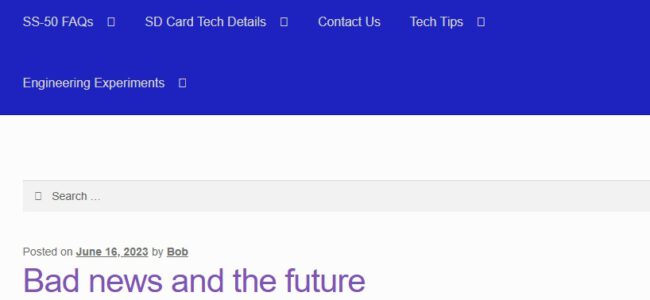
Bob Applegate used github repositories to archive and supplement some of his projects.
While this github archive is still up (August 2024), it may go away too.
So here dumps of the repositories. Some of the contents may also show up in the Corsham projects archive pages.
6502 Tiny BASIC
# 6502 Tiny BASIC
This is Bob Applegate’s (bob@corshamtech.com) spin of a Tiny BASIC interpreter for the 6502. It uses an IL approach, like proposed by Dr Dobb’s Journal in the first few issues. This is not fancy, it’s not bug free, and it’s not amazing by any means, but it was fun to write and decent enough to do fun stuff and run demos.
CTMon65
CTMon65 – 6502 monitor
Eagle Libraries
These are libraries used in Corsham Technologies LLC prodcuts (www.corshamtech.com).
# SS-50.lbr
This is for constructing SS-50 and SS-30 compatible boards. It includes both male and female Molex connectors. For constructing plug-in boards using a female connector my suggestion is to place the center of the library part 0.15″ above the bottom of the board.
# S-100.lbr
This is for constructing S-100 boards and is, for now, more of an experimental library rather than something that has any sort of polish about it. Feel free to use but don’t be too disappointed when it does not meet your expectations.
Kicad SS50
# KiCad SS-50 Library from Corsham Technologies, LLC
This is a free to use library that was developed during our creation of
various SS-30/SS-50 boards.
KIM Monitor
# KIM-Monitor
KIM monitor as modified for the Corsham Tech KIM Clone board.
Music Board master
# SS-30 Music Board
This is a rough recreation of the Newtech Computer Systems model 68 music board. No atttempt
was made to make it look exactly like the original, but it is 100% compatible and uses the
same components as the original.
SD Drive
SD Drive Arduino firmware
SD Shield Tester
The SD Shield Tester is a program to test the Corsham Technologies SD Card System shield. This is primarily a manufacturing tool but can be used for general testing. It’s not very useful, but if you suspect an SD Card shield is malfunctioning, this is a way to test it.
xDbg
# xDbg
xDbg is a 65C02 debugger meant to compliment the Corsham Technologies xKIM monitor
xKiM
# xKIM
xKIM is an extended monitor for KIM computer systems. Commonly used in Corsham Technologies KIM-1 add-on boards.
It is a 6502 based monitor which has basic tools as well as some additional commands for working
with the Corsham Tech SD Card system.
xSBUG
xSBUG
This is the Corsham Technologies version of the SWTBUG SBUG monitor for the 6809. It is close to the original but has support for the Corsham Tech SD Card System (emulates disk drives).
xSWTBUG
xSWTBUG
This is a modified version of the SWTPC monitor SWTBUG for use on their 6800 based SS-50 systems. It has additions for the Corsham Tech SD card subsystem and other minor improvements.

As you can read below in the screenshot of the last post on Corsham’s website below, Bob has left us. I will miss him, a dear friend with whom I exchanged many emails about the KIM-1.
To honor his legacy I have collected on these pages everything available, from his former website, Github repositories and information I have received from Bob, enhanced with photos of Corsham products I have bought over the years.
I have decided not to replicate his website. Instead the structure is about all of his projects, current and past, with on each page all information available to me about the product, enhanced with available material from outside.
Note that I do not have more information. I do not have the PCB designs. I do not sell any Corsham product. All I have is here is what Bob once published.
If you are interested in the SWTPC range, have a look here: original Corsham boards and more 6800/6809 products at Peripheraltech.
Links
The Corsham Technology website used to live at https://www.corshamtech.com
Bob’s private website is still up (August 2024) at https://k2ut.org/
The Github repositories are also still up at https://github.com/CorshamTech
The forum at groups.io is here: https://groups.io/g/CorshamTech/

Pages you find here:

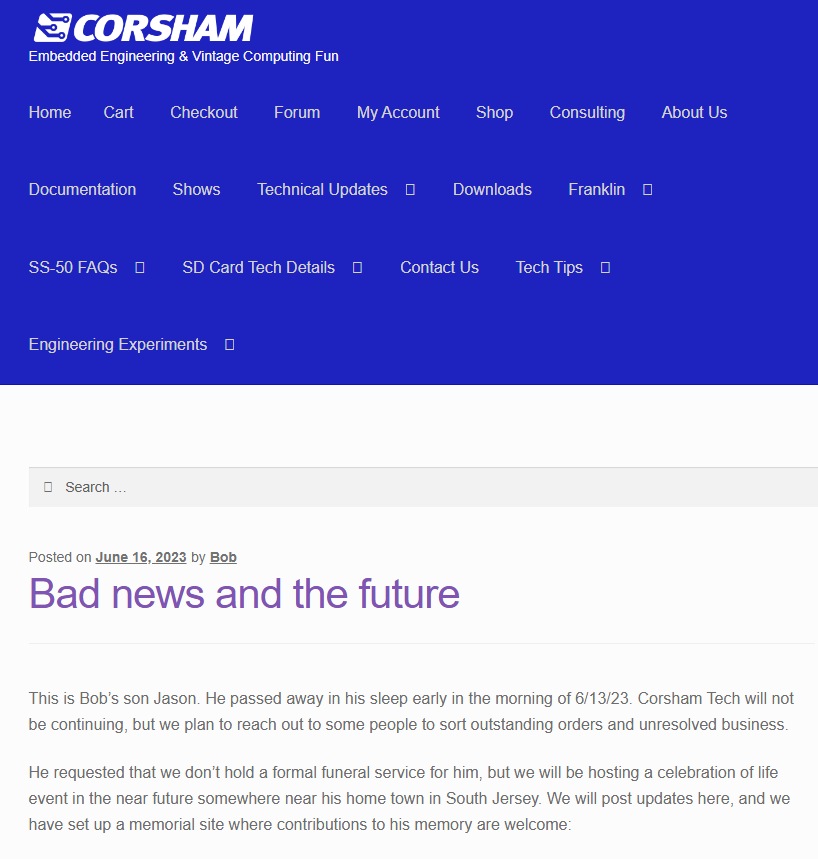
The last message on the Corshamtech website with the sad news about Bob.

Bob Applegate at his desk
RetroSpy Technologies produces a range of retro (Vintage) hardware products that are of interest for the KIM-1/SYM-1/AIM 65 owner. Also the PAL-1 user may benefit from the products!
Retrospy is inspired by the Corsham Technologies products and since Bob Applegate is no more among us, produces similar/inspired products.
I bought several products from RetroSpy.
KIM-1 RAM/ROM Board
MOS 6530 Replacement for the KIM-1 SBC
PAL-1 Motherboard Expansion Kit
Bus extender
Other interesting KIM-1/AIM 65/SYM- related boards on the Retrospy shop:
AIM 65 I/O board
SYM-1 I/O board
SYM-1 SymDos I/O board
SYM-1/AIM-65 RAM/ROM board
KIM-1 I/O board
2532 to 2764 EPROM adapter
SD Card Storage System (like the Corsham one)
I should have bought he KIM I/O card also, for the 1541 connector, next time!
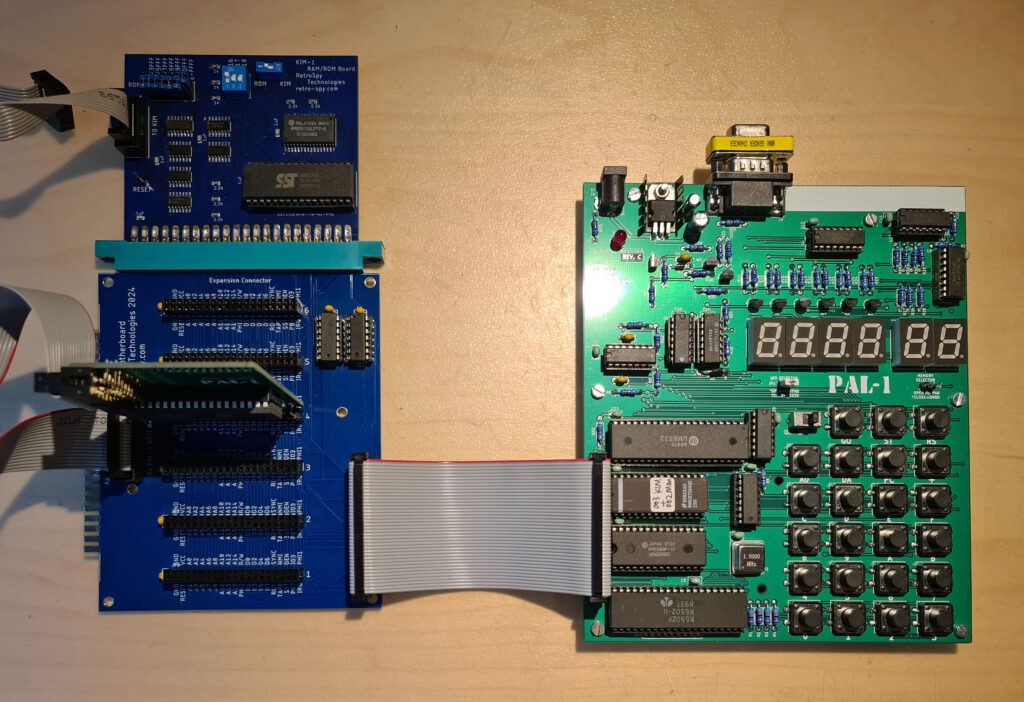

The 6530-002 AND 6530-003 RRIOT (RAM ROM I/O Timer) are the heart of the KIM-1. The mask programmed ROM contains the KIM-1 software, very early and smart 6502 code.
These ICs are not available for a long time now, and that prevents repairing a KIM-1 with a faulty 6530.
Ruud Baltissen designed many years ago a KIM-1 clone, where the 6530 was replaced with the nearly identical, no ROM, 6532. This led to the MicroKIM, the PAL-1, the Corsham clone.
Also boards to replace the 6530 with a 6532, a small EPROM and some glue logic were made.
Bob Applegate and Eduardo Casino did this with PCBs and through hole components. Rather large boards that work fine.
Retrospy Technology used SMD to shrink the PCB to to a bit oversized 6530. Samll enough to fit on a KIM-1 in an IC socket.
Description from the Retrospy store:
Drop in replacement for impossible to find and replace MOS/Commodore KIM-1 specific MOS 6530 integrated circuit.
Jumpers on the board switch between 6530-002 and -003.
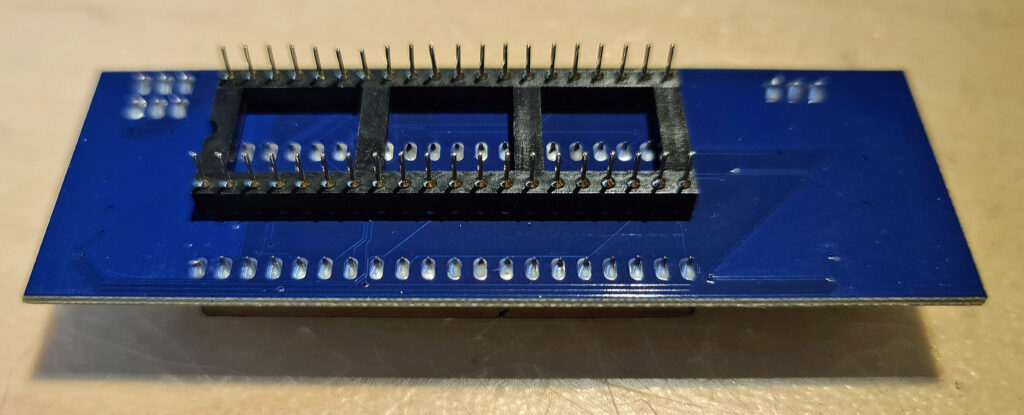
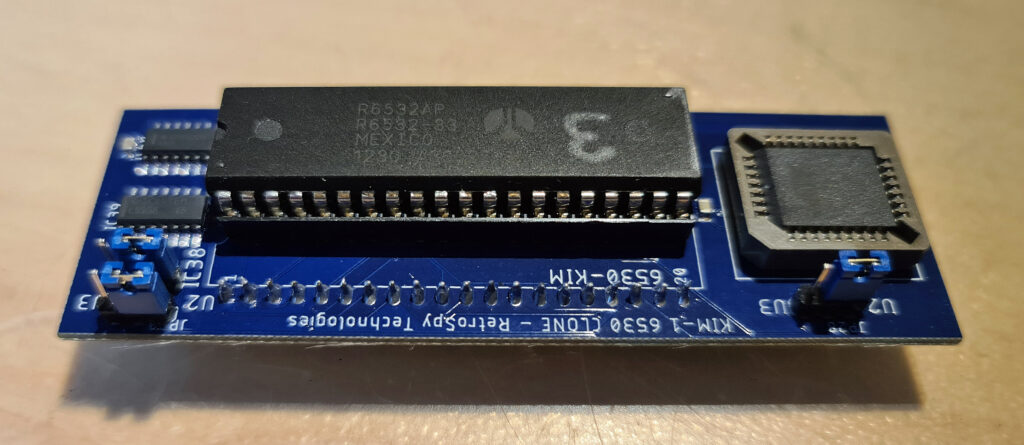
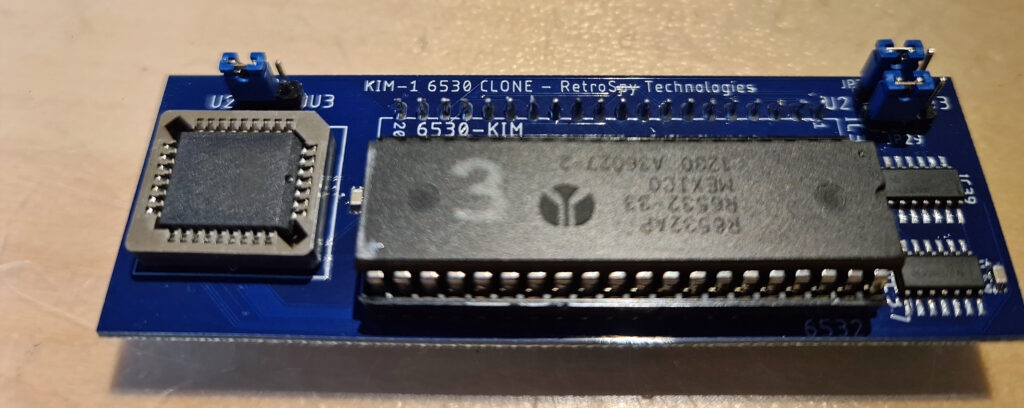
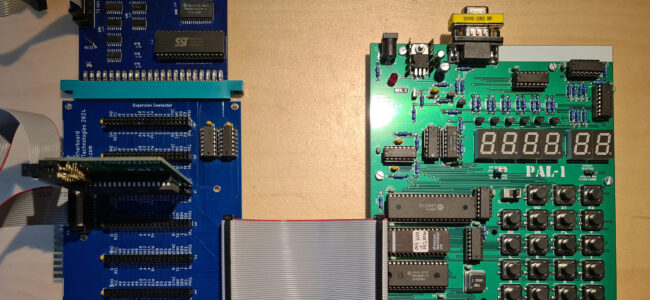
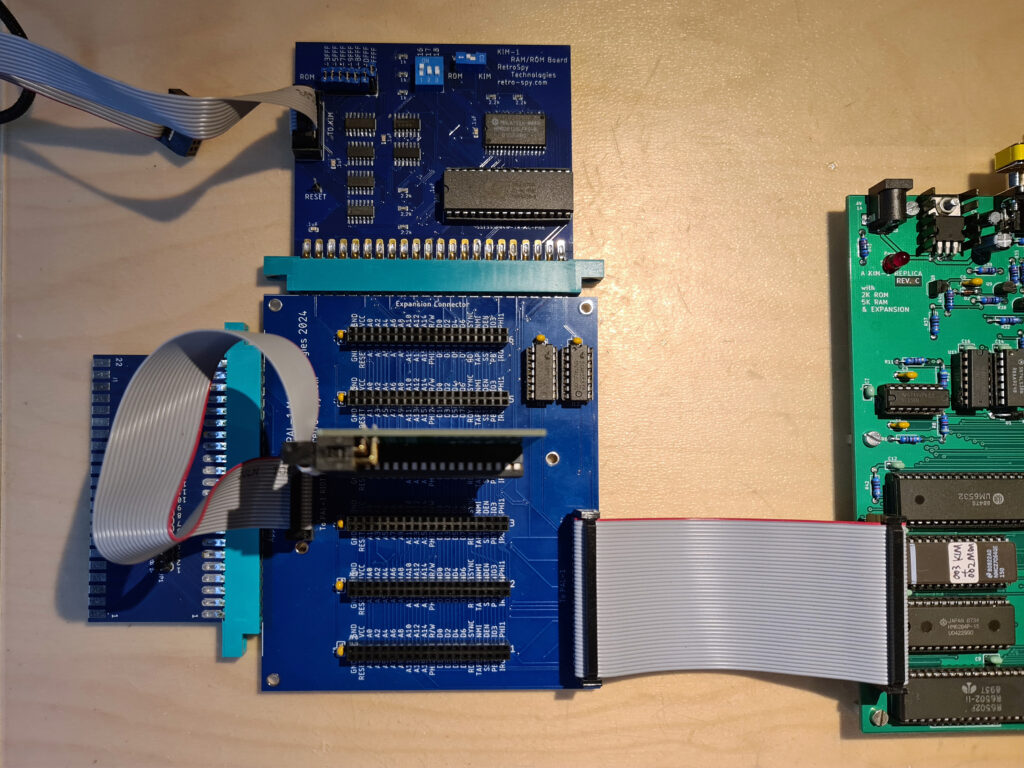 RetroSpy Technologies produces a range of retro (Vintage) hardware products that are of interest for the KIM-1/SYM-1/AIM 65 owner. Also the PAL-1 user may benefit from the products!
RetroSpy Technologies produces a range of retro (Vintage) hardware products that are of interest for the KIM-1/SYM-1/AIM 65 owner. Also the PAL-1 user may benefit from the products!
Retrospy is inspired by the Corsham Technologies products and since Bob Applegate is no more among us, produces similar/inspired products.
I bought several products from RetroSpy.
Other interesting KIM-1/AIM 65/SYM- related boards on the Retrospy shop:
AIM 65 I/O board
SYM-1 I/O board
SYM-1 SymDos I/O board
SYM-1/AIM-65 RAM/ROM board
KIM-1 I/O board
2532 to 2764 EPROM adapter
SD Card Storage System (like the Corsham one)
I should have bought he KIM I/O card also, for the 1541 connector, next time!

Dual 6532 adapter board
Replacing the 6530 with a 6532 and ROM and some glue logic is a well known method nowadays.
Eduardo designed a PCB that replaces both 6530-002 and 6530-003 on a standard KIM-1 and of course his replica with a PCB that fits in the IC sockets of the 6530’s. That makes a KIM-1 completely operational!
See this github page for the design.
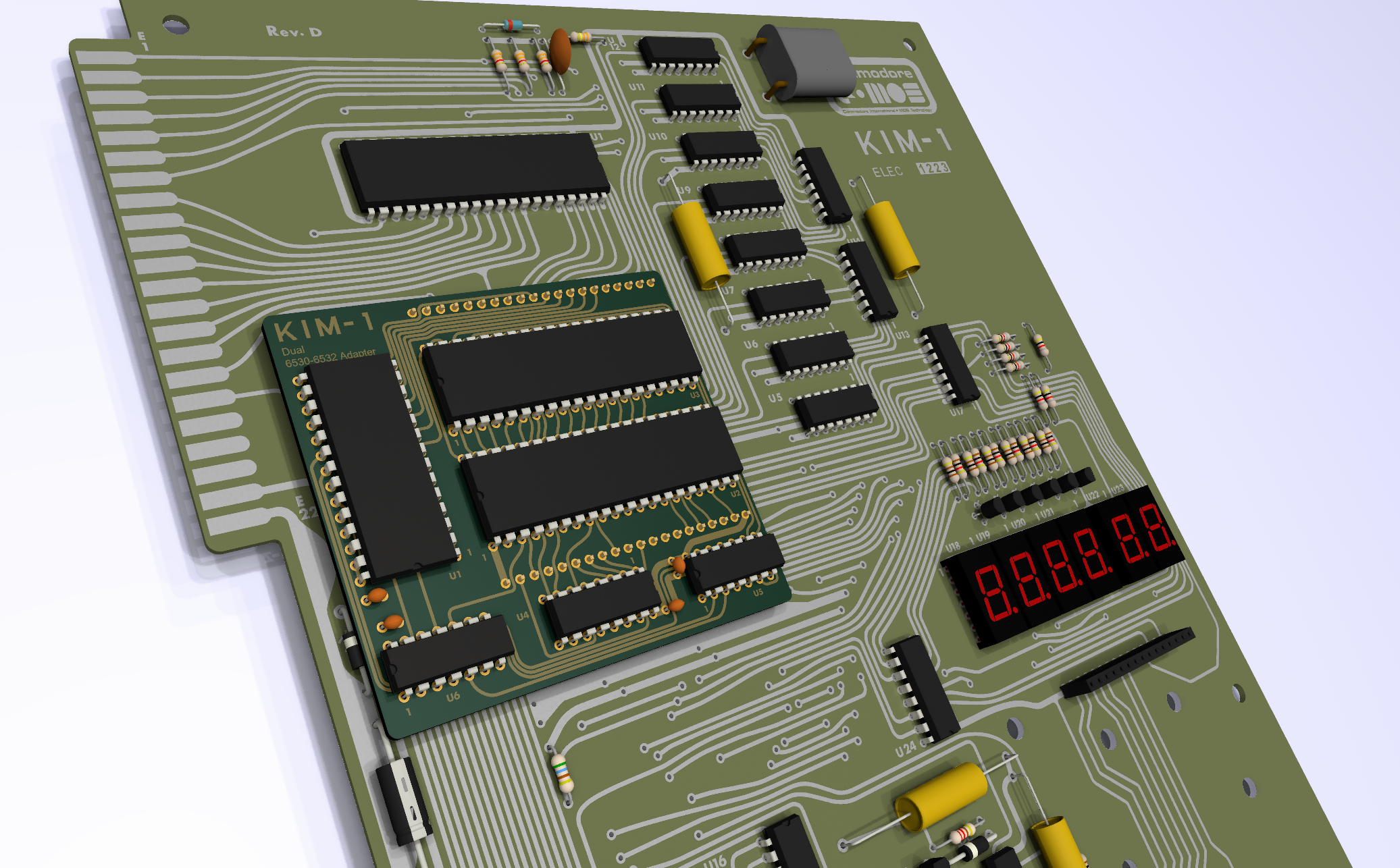
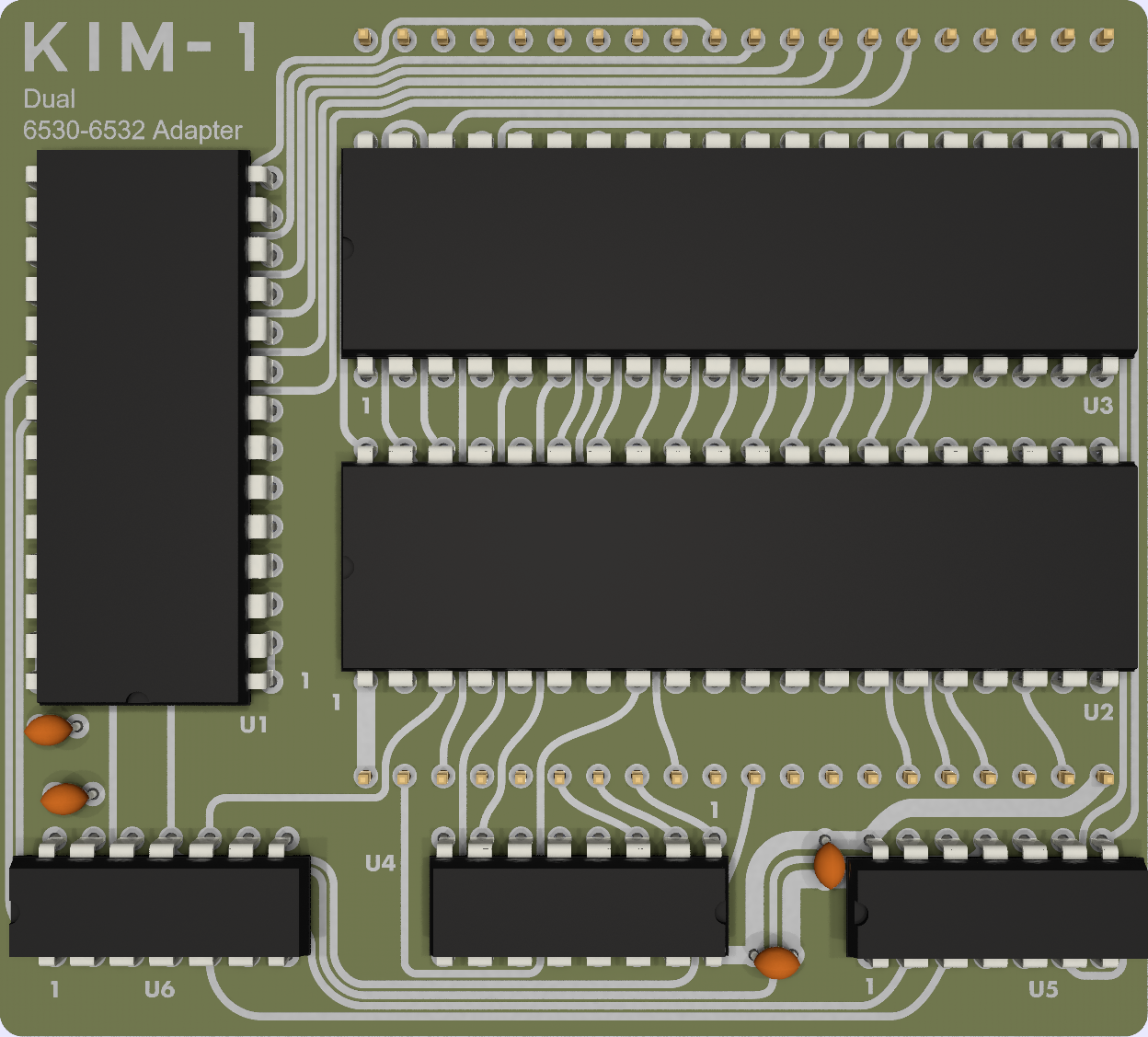
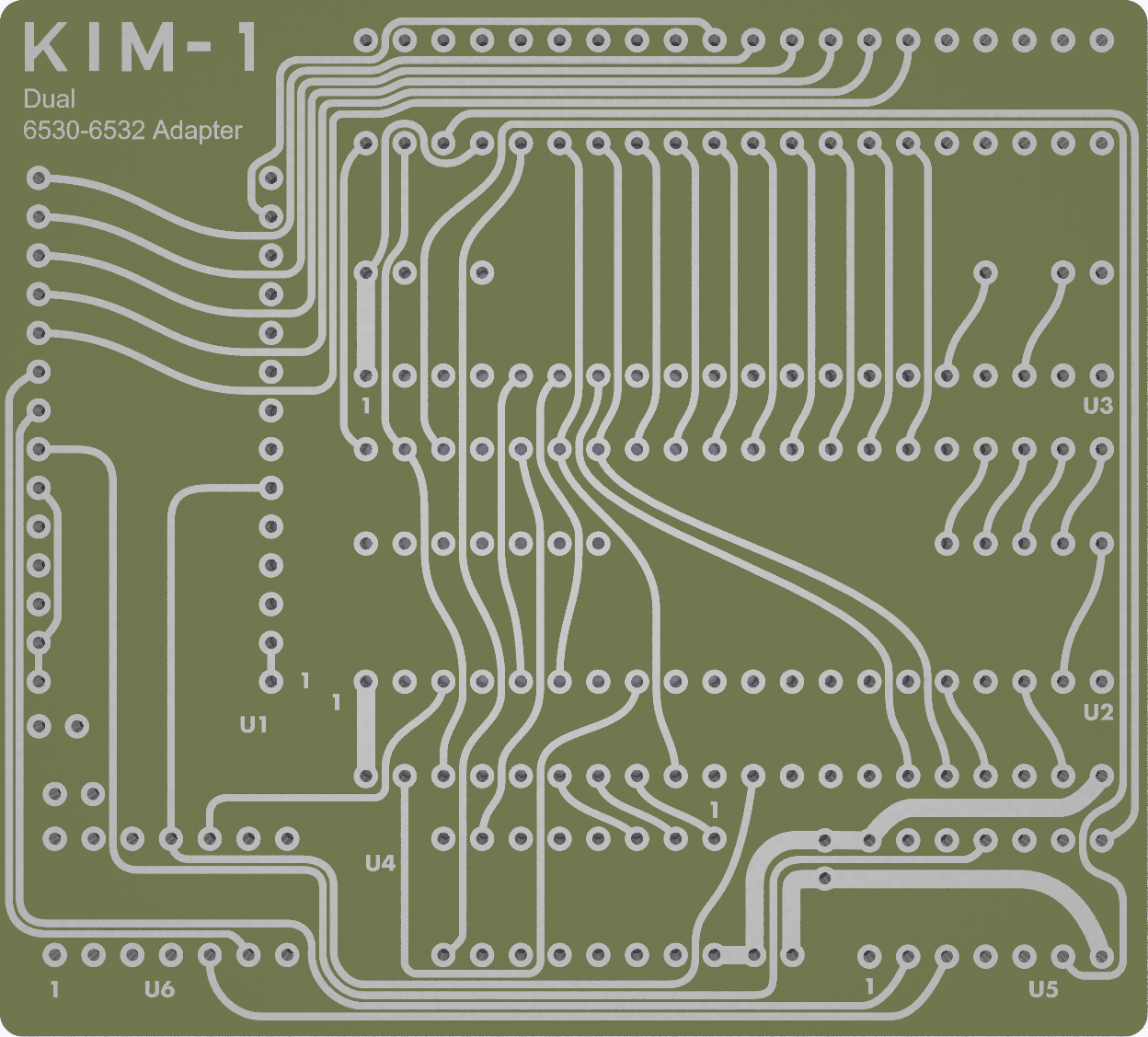
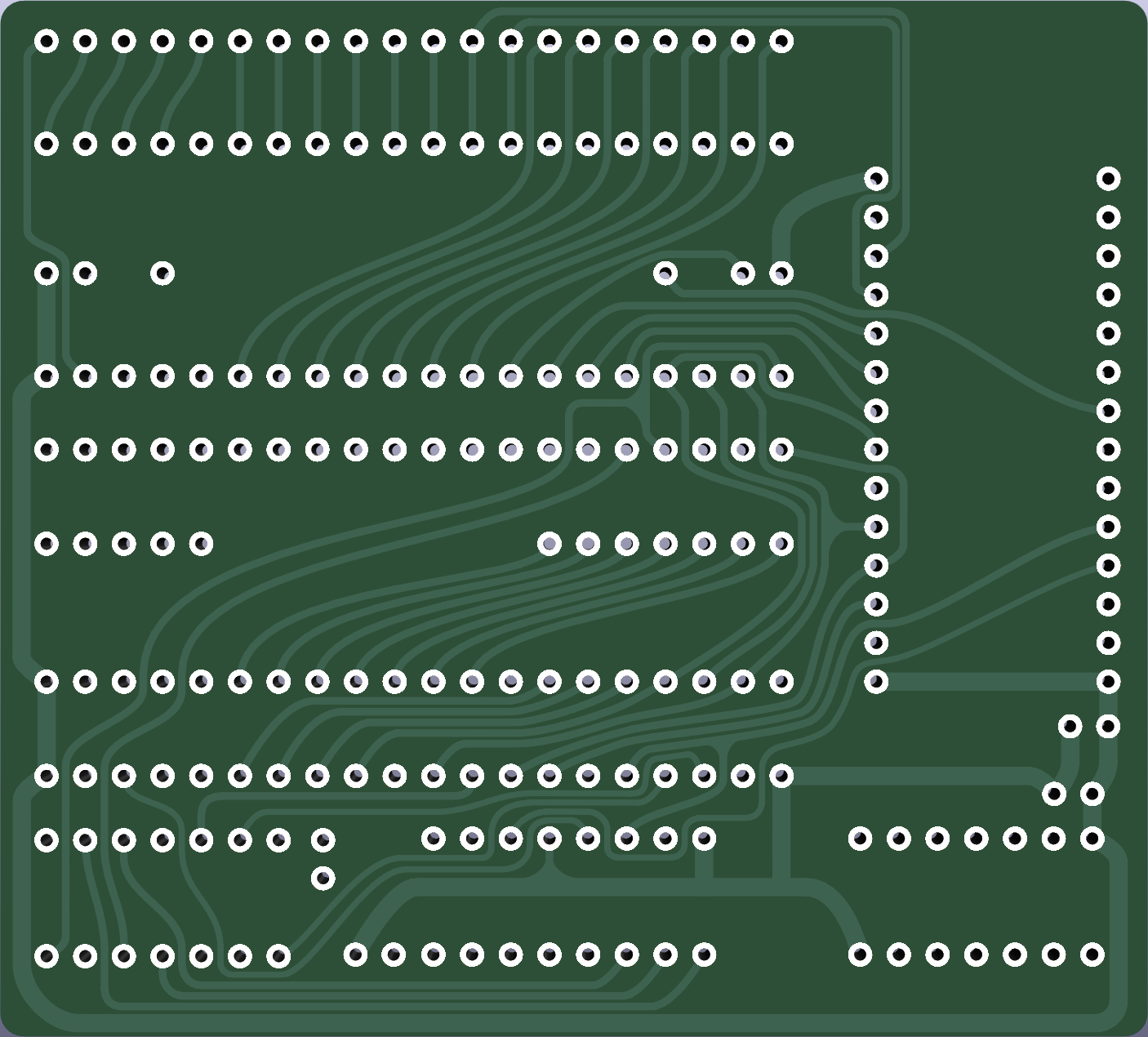
Since early 2023 Eduardo Casino develops KIM-1 hard- and software. His goal is to replicate as much as possible the original hardware, and make it work. His journey started with an exact KIM-1 Replica.
On this page I present his designs (state of July 2024, the journey has not ended yet, so keep looking at all open hard- and software on github.
My first encounter with Eduardo Casino was this topic on the German forum64.de forum in early 2023

If you do not read German: Eduardo, from Madrid, Spain!, announces his project to replicate a KIM-1 Rev D with the exact layout and look and feel as the original, using hires photos, Inkscape and Kicad.
This is not the first KIM-1 replica, as you can see here. What makes this replica special is that it is an exact PCB
replica. With curved lines! Other replicas may have the same dimensions and look and feel but use the straight modern PCB lines design.
He set a high standard and het continues to amaze us with hardware designs and software around the KIM-1. read all about on the follwing pages:

K-1013 Floppy Disk Controller replica
KIM-1 Motherboard for MTU Cards
KIM-1 RAM/ROM Expansion Board for the MTU Backplane
KIM-1 Programmable Memory Board for the MTU Backplane
Version for the K-1013
KIM-1/PAL-1 version
K-1008
XKIM
1541 OS